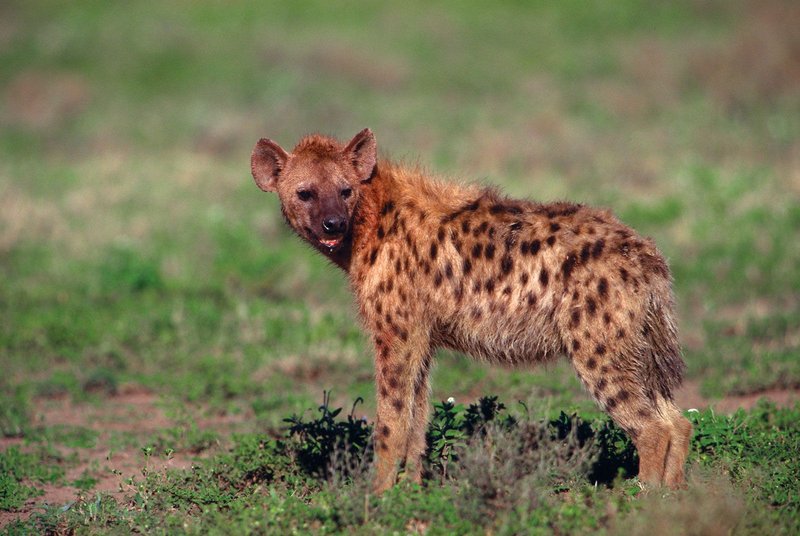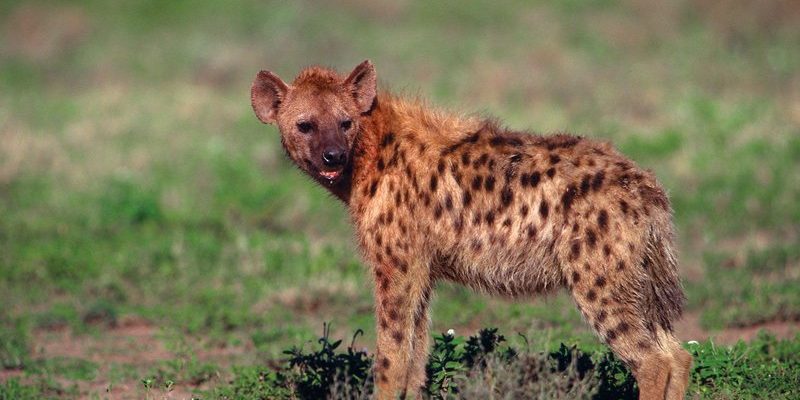
Think about it this way: if you’ve ever had a messy kitchen, you know how overwhelming it can get. Now, imagine having someone who loves to tidy up, cleaning out all that leftover food and scraps. That’s sort of like what hyenas do in the wild. Their scavenging habits actually help control animal populations and recycle nutrients back into the environment. So, let’s take a closer look at the unique role of hyenas in their ecosystems and why they matter more than you might think.
Understanding Hyena Species
There are four main species of hyenas: the spotted hyena, the brown hyena, the striped hyena, and the aardwolf. Each one plays a slightly different role within the ecosystem, yet they all contribute to its health.
- Spotted Hyena: This is the most well-known species, famous for its distinct laughter-like vocalizations. Spotted hyenas are highly social and often live in large factions, making them effective hunters and scavengers.
- Brown Hyena: Unlike their spotted cousins, brown hyenas are more solitary and tend to scavenge more than hunt. They play a vital role in cleaning up carcasses and waste in their habitat.
- Striped Hyena: This species has a shaggy coat and is known for its nocturnal habits. Striped hyenas also focus on scavenging, helping to keep ecosystems tidy.
- Aardwolf: Aardwolves are unique because they primarily eat termites, controlling insect populations and keeping the ecosystem balanced in a different way than their larger relatives.
Understanding these different species helps us see the full picture of how hyenas interact with their environment.
Scavenging and the Food Chain
Hyenas often get a bad rap as mere scavengers, but their role in the food chain is essential. When they consume dead animals, they help prevent the spread of disease and keep populations in check. Imagine if left unchecked, a carcass could attract dozens of other animals, leading to overcrowding and competition for resources.
Here’s the thing: hyenas are efficient hunters, too. They can take down prey like wildebeest and zebra, especially in large groups. By doing this, they directly influence the population dynamics of these species, ensuring that no single species dominates the ecosystem. Their hunting and scavenging activities create a balance that helps support a variety of life forms.
Role in Nutrient Recycling
When hyenas scavenge, they’re not just cleaning up the environment. They’re also recycling nutrients. When they consume an animal, they break down its body, allowing nutrients to return to the soil. This process is vital for plant growth, creating a healthier habitat for all species.
For example, after a hyena feasts on a carcass, their waste products—urine and feces—serve as fertilizers for the ground. This nutrient cycle promotes vibrant vegetation, which provides food and shelter for countless species, from insects to larger mammals. It’s a beautiful example of how interconnected life really is.
Competition and Cooperation
Hyenas are part of a complex web of interactions in their ecosystems, balancing competition with cooperation. Within their packs, they demonstrate remarkable social structure, which allows them to partake in cooperative hunting and scavenging.
You might wonder how they compete with other predators like lions and leopards. Surprisingly, they can be quite fierce competitors! When it comes to territorial disputes or food sources, hyenas have been known to chase off larger animals to claim a meal. However, they also seem to understand the value of cooperation. Hyena clans work together to hunt and defend their territory, showcasing a blend of competition and teamwork that keeps ecosystems thriving.
Impact on Biodiversity
Biodiversity refers to the variety of life in a particular habitat. Hyenas play a crucial role in maintaining this diversity. By controlling the populations of herbivores, they help ensure that a wide range of plant life can flourish.
Let’s think about the African savanna. If there are too many herbivores, they can overgraze the land, leading to drastic changes in the ecosystem. Hyenas help maintain balance, contributing to the health of the landscape. In a sense, they act as a buffer, preventing any one group of animals from overwhelming the environment.
Threats to Hyenas
Despite their important role, hyenas face numerous threats today. Habitat loss, human-wildlife conflict, and poaching can severely disrupt their populations. When these animals struggle, the whole ecosystem feels the impact.
For instance, when hyena numbers dwindle, there’s less scavenging taking place. This can lead to more carcasses remaining in the environment, increasing disease risk among other animals. Additionally, without enough hyenas, prey populations may grow unchecked, which can lead to overgrazing and loss of plant biodiversity.
It’s clear that protecting hyenas is not just about saving one species; it’s about preserving the delicate balance of an entire ecosystem.
Conservation Efforts and Future Outlook
Conservation efforts are critical to ensure the long-term survival of hyenas and other wildlife. Organizations are working hard to educate communities about the importance of hyenas. By fostering a better understanding, people can coexist with these animals rather than viewing them as threats.
You might wonder what individuals can do. Simple actions, like supporting wildlife conservation projects or participating in eco-friendly initiatives, can make a difference. Every contribution, however small, adds up.
As we look to the future, the role of hyenas in their ecosystems remains a vital area of study. With continued research and dedicated efforts, we can help ensure that these remarkable creatures continue to thrive, keeping our ecosystems healthy and balanced.
In conclusion, hyenas are more than just the butt of jokes or scary creatures lurking in the shadows. They’re essential players in the drama of life on Earth, balancing their ecosystems and ensuring that nature can flourish. By understanding their role, we can appreciate their contributions and work to protect them for generations to come.

